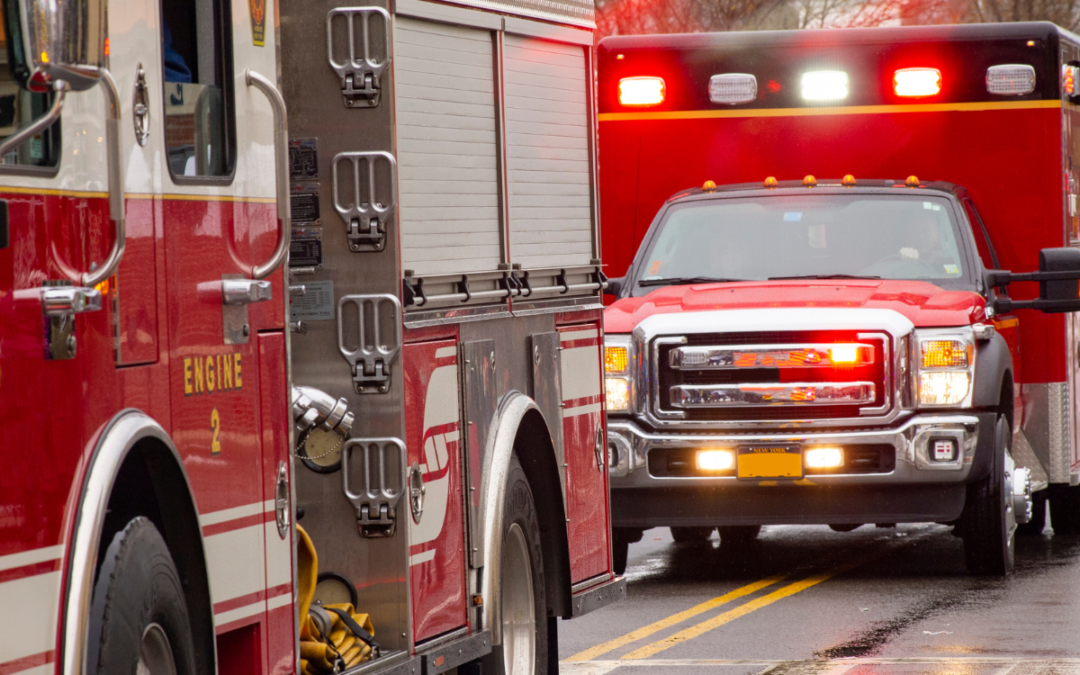Responding to Emergency Vehicles | A Guide to Safe and Responsible Driving
Defensive Driving |
When driving on the road, it’s essential to be prepared for various situations, including responding to emergency vehicles. The California Driver Handbook provides valuable insights on how to react safely and responsibly when encountering these vehicles. In this article, we’ll explore the essential guidelines and procedures for responding to emergency vehicles, ensuring the safety of everyone on the road.
This blog may contain affiliate links, and if you make a purchase through these links, we may or may not earn a commission at no extra cost to you.
Understanding Emergency Vehicles
Before discussing how to respond to emergency vehicles, it’s crucial to understand what they look like and the types you may encounter:
Law Enforcement Vehicles: These include police cars, motorcycles, and SUVs, often marked with distinctive colors and lights.
Fire Department Vehicles: Fire trucks, ambulances, and other emergency vehicles may have flashing lights and sirens.
Emergency Medical Services (EMS) Vehicles: Ambulances are common EMS vehicles, also equipped with sirens and flashing lights.
The Move Over Law
In California, the Move Over Law requires all drivers to yield the right-of-way to authorized emergency vehicles. This law mandates specific actions when encountering emergency vehicles with their sirens and lights activated.
What to Do When Approaching an Emergency Vehicle
Pull Over Safely
When you hear sirens or see flashing lights, safely pull over to the right-hand side of the road.
If you’re in an intersection, continue through the intersection before pulling over if it’s safe to do so.
Stop and Remain Stopped
Come to a complete stop and remain stopped until the emergency vehicle has passed.
Do not attempt to follow closely behind or try to pass the emergency vehicle.
Proceed with Caution:
Once the emergency vehicle has passed, check for any additional emergency vehicles before resuming your journey.
Proceed with caution and follow the flow of traffic.
Additional Tips for Responding to Emergency Vehicles
Use Turn Signals
Signal your intention to pull over by using your turn signals.
Do Not Block Intersections
Avoid stopping in intersections, as this can impede the progress of emergency vehicles.
Be Alert
Stay alert and focused while responding to emergency vehicles. Avoid distractions and use your mirrors to monitor traffic.
Watch for Emergency Personnel
Be aware that emergency vehicles may be transporting injured individuals, so proceed with care and compassion.
Responding to emergency vehicles is a crucial aspect of responsible driving. By understanding the Move Over Law and following the guidelines provided by the California Driver Handbook, you can ensure the safety of yourself, emergency personnel, and fellow road users. Remember that these procedures are in place to save lives and provide swift assistance in emergencies. Your cooperation and responsible driving play a vital role in supporting these efforts and creating safer roadways for all.
Drive with Confidence!
Keep up with all the latest driving news. Expolre our blog packed with essential tips and expert advice on all things related to DRIVING!




